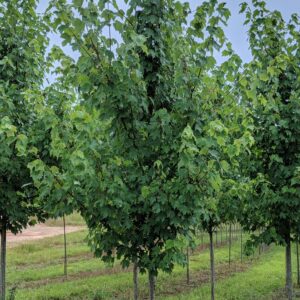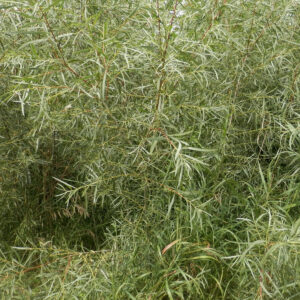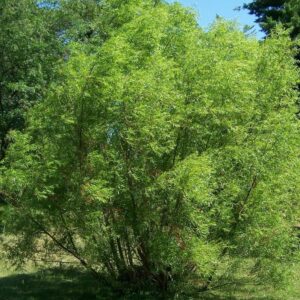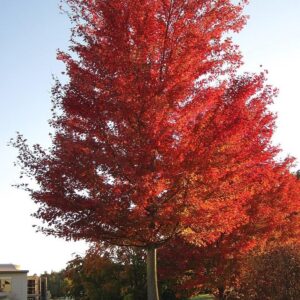Lowbush Blueberry is a small native semi-evergreen shrub with stiff branching that produces edible blueberries. Clusters of elongated white flowers bloom in late spring before giving way to the sweet near-black berries that ripen by mid summer. The narrow light green foliage turns red-bronze in fall. Grows best with full sun and rich, moist acidic well-drained soils.
|
Type: |
Shrub |
|
Origins: |
Northeast N. America |
|
Height: |
1′ – 3′ |
|
Spread: |
1’ – 3′ |
|
Spacing: |
2′ |
|
USDA Hardiness Zone: |
2 – 8 |
|
Culture: |
Full Sun, Part Sun |
|
Bloom Color: |
White |
|
Season of Interest: |
Spring, Summer, Fall |
MAINTENANCE NEEDS: Medium Maintenance. Water regularly and mulch. Prune as needed in late winter. Chlorosis may occur in high PH soils. Blight, rot, anthracnose, canker, and mildew are occasional problems. Blueberry maggot, fruit worms, and spotted wing drosophila can damage the fruit. Mummy berry is a fungal disease that shrivels and dries the fruit- remove affected fruit immediately if spotted.
LANDSCAPE USES: Accents or Group Plantings, Borders, Naturalized Areas, Woodland Gardens, Rock Gardens, Hedges, Foundation Plantings, Edible Gardens, and Containers.
COMPANION PLANTS: Thyme, Strawberry, Raspberry
IMAGE: Σ64, Vaccinium angustifolium 04, CC BY 3.0





